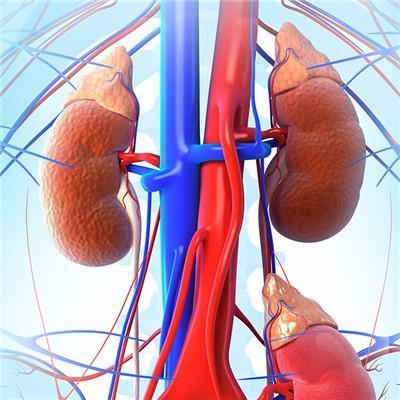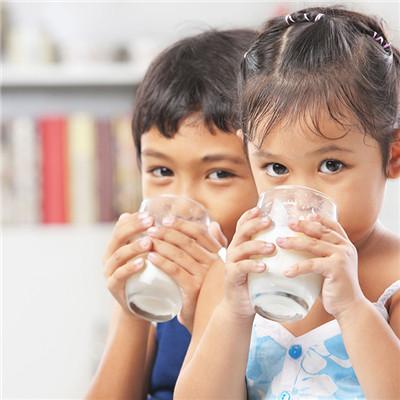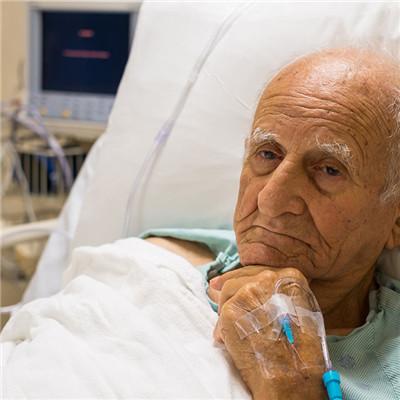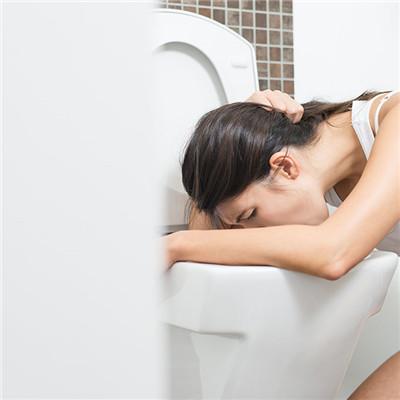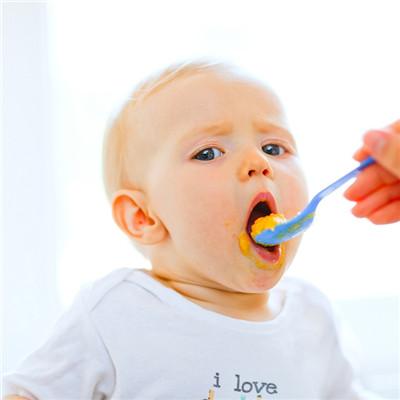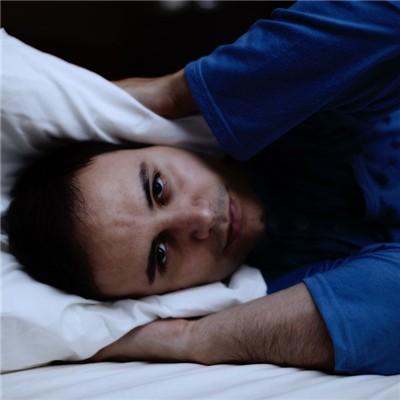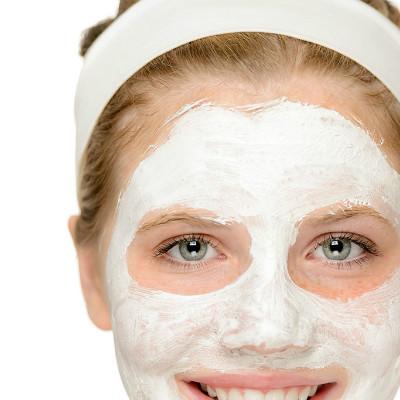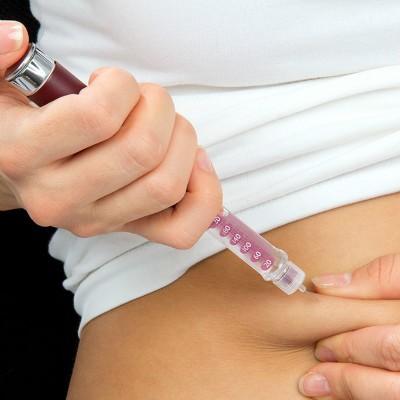Symptoms after burns
summary
Scald is a kind of heat burn caused by high temperature such as hot liquid, steam and flame. Affected by strong curiosity and insufficient cognitive ability of risk factors, children are prone to scald accidents when there are risk factors in the daily environment. In severe cases, it can cause serious local and systemic injuries, and even disability and death. Let's talk about the baby scald symptoms.
Symptoms after burns
1. Local changes: after the skin is exposed to high fever (over 60 ℃), the protein in the tissue can coagulate, resulting in cell necrosis. Local reactions vary according to the temperature of the hot material, the time of contact and the thickness of the injured skin. In general, blisters occur when the skin is exposed to hot materials at 70 ℃ for 1 s, while newborns are often scalded by hot water bags at 50 ℃. According to the depth of local tissue necrosis, pediatric scalds were also divided into 3 degrees. However, due to the thin skin of children, it is difficult to grade. General clinical experience is easy to be underestimated.

2. Shock may occur in patients with severe scald. Early shock after scald is usually caused by pain and mental stimulation, which is temporary and not serious. Secondary shock is due to increased capillary exudation.
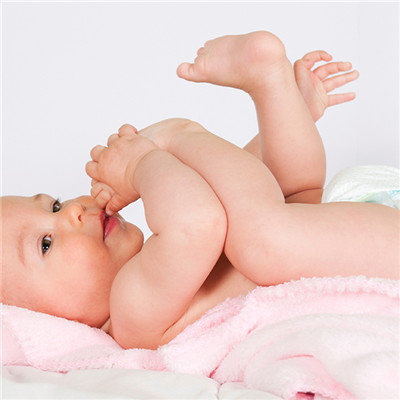
3. Tissue edema and wound exudation, loss of plasma, blood concentration and reduction of circulating blood volume, followed by hypoxia, hypotension, hyponatremia and acidosis, oliguria or anuria. The fluid exudation was the fastest in 6-8 hours after scalding, and reached the peak in 36-48 hours, which usually exceeded the lymphatic reflux capacity, and then gradually slowed down.
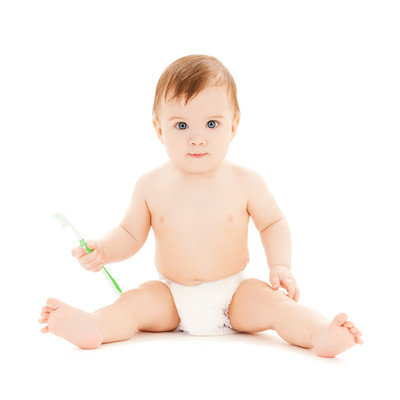
matters needing attention
In order to prevent scald in children, health propaganda should be strengthened, children should be educated to stay away from danger, and parents and nursing staff should be more alert to scald accidents. Strengthen preventive measures, such as hot water bottles and other dangerous articles for children should be placed in places that children can't touch, add guardrails, put cold water before heating water when bathing to prevent children from scalding, etc.

